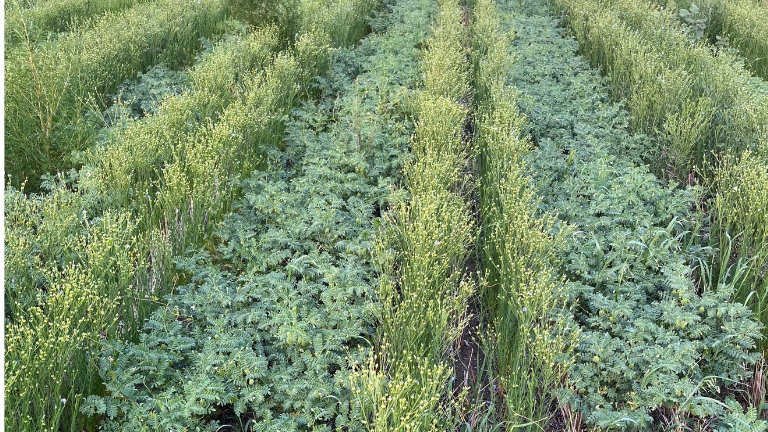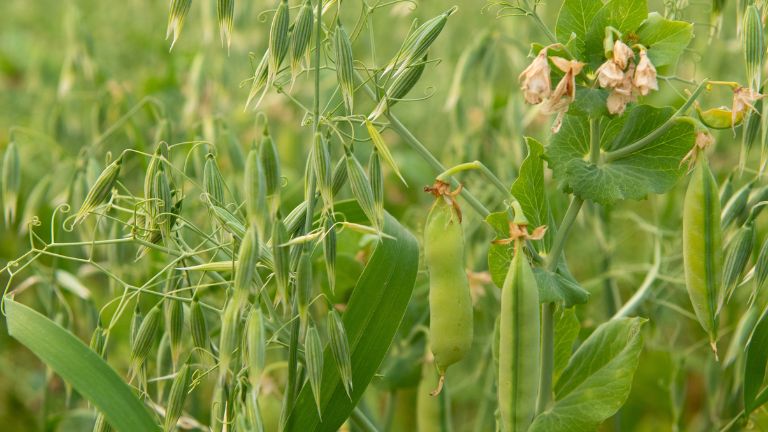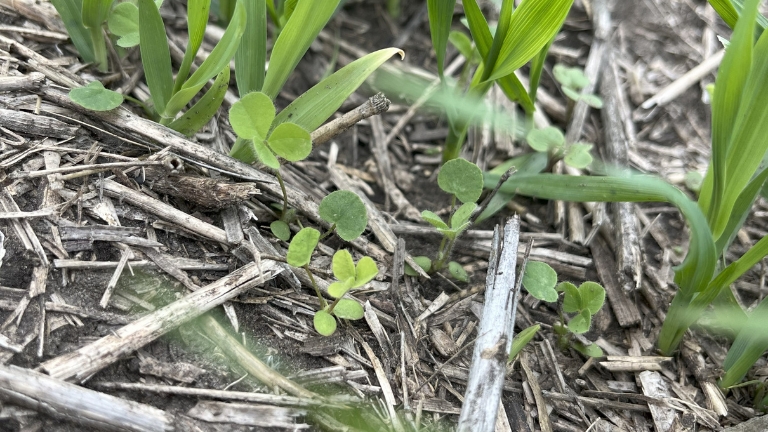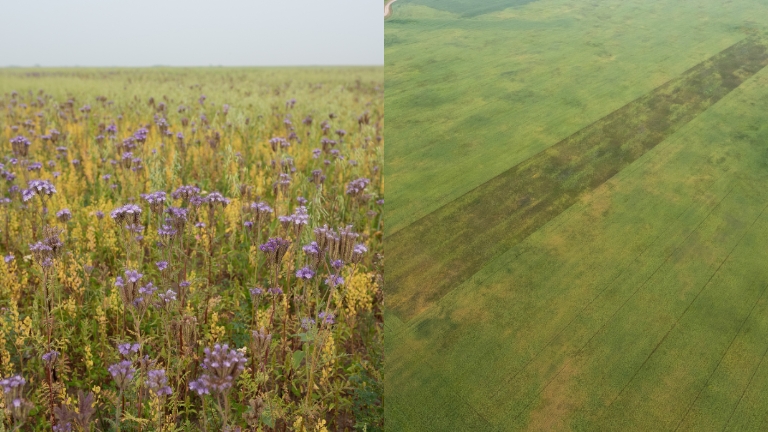Sustainability Impact Projects (SIPs) Across the Value Chain
Avena implements Sustainability Impact Projects (SIPs) that aim to explore alternatives in farm practices. SIPs function by partnering across Avena’s value chain, with customers, farmers, researchers, and agronomists.
Data from participating farms are collected and compiled into reports by qualified agronomists. By operating several projects, Avena can generate data from multiple farms and regions at the same time. This not only improves the validity of findings but demonstrates the efficacy of these farm practices across different regions.
In its role as an implementation partner, Avena shares the results of the projects with the farming community, creating the opportunity for wider adoption of these regen ag farm practices. Currently, Avena is operating SIPs to support innovation in the farm practices of intercropping, cover cropping, and pollinator strips.



